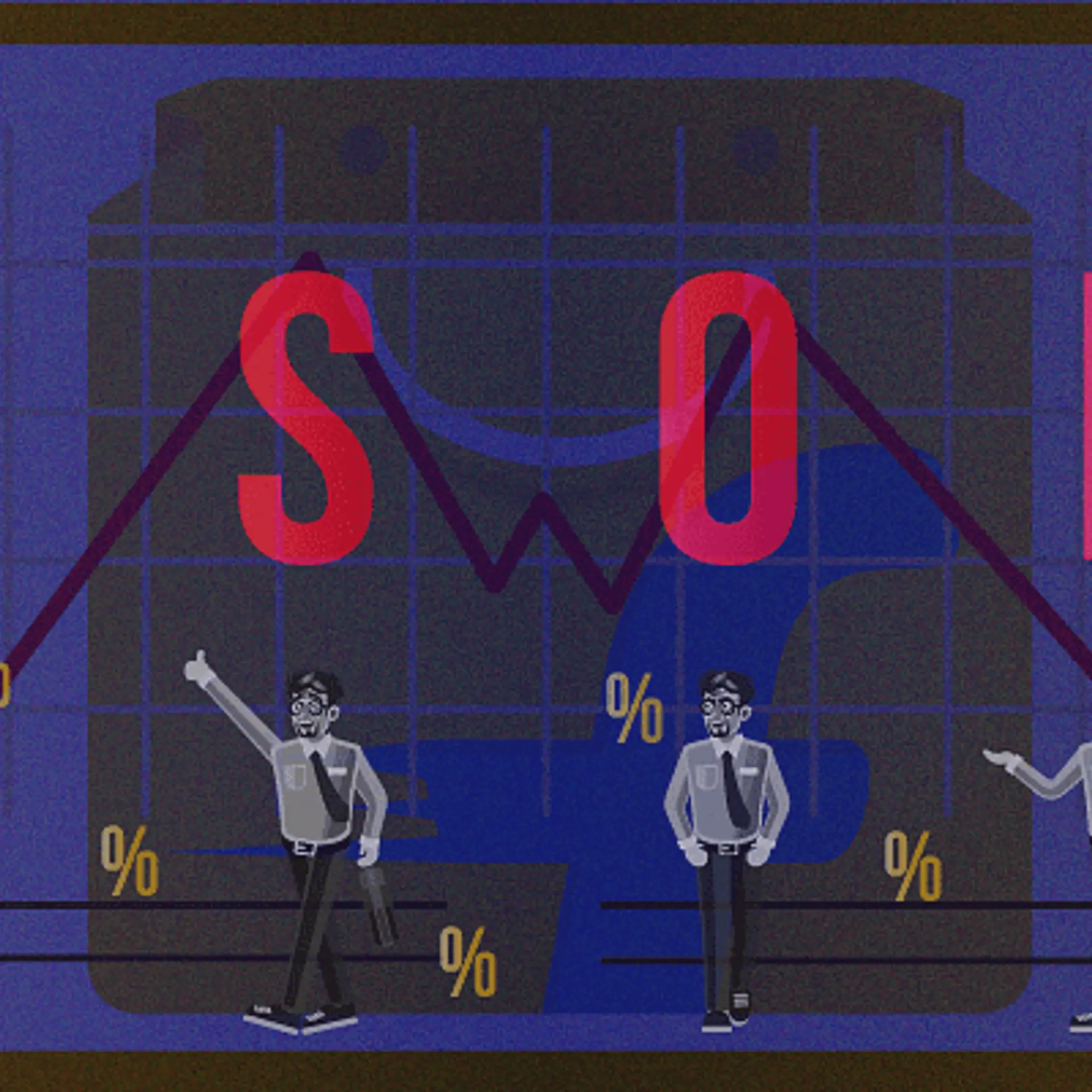COVID-19 pandemic — a blessing in disguise for India’s manufacturing sector
The pandemic has been catalytic in spurring a wave of innovation in the electronic manufacturing sector that augurs well for industries such as smart devices, consumer electronics, healthcare, IT services, among others.
‘In a crisis, be aware of the danger — but recognise the opportunity,’ said the 35th US President in his campaign speech in 1959; something which the world unilaterally is coming to terms with in 2020.
The COVID-19 pandemic has indeed impacted businesses, industries, and economies worldwide. The major international leaders from global organisations and financial institutions have already termed the economic impact of the pandemic worst since World War II and even the Great Depression.
The pandemic pandemonium
Almost all major economies are expected to show huge contraction, leaving no sector untouched. Seldom in our past has one global event had such a large and far-reaching impact, touching every country in the world.
However, amidst all the pandemic pandemonium, the global civilisation is fighting back and each country in its own way. Similarly, India, despite having the second largest population and its massive challenges of being a developing economy, has shown greater resilience.
While in the United States, the numbers of new COVID-19 cases continue to rise; in India, the numbers have shown a sharp fall. The country has by and large opened up and economy is reviving. India’s GST collection of over Rs. 1.05 lakh crore for the month of October is a sign that country is back to business.
A blessing in disguise
In the light of the present scenario, the pandemic has proven to be a blessing in disguise for the Indian manufacturing industry, and specially, the electronics manufacturing sector. Undoubtedly, the overall industry did contract severely in the first quarter of the ongoing fiscal year.
However, with the economy opening up, there’s a significant rise in demand. While we await the figures of the second quarter, the contraction is most likely slowed, and soon by the end of the financial year, the sector is expecting to bounce back on track.
Despite the massive onslaught, the pandemic has indeed presented us with some opportunities, positive signs, and realisations. In combination with certain other factors, the electronics manufacturing has few positive takeaways and a growth-oriented decade to look forward to.
Emerging trends
There are several emerging trends worth consideration especially in relation to electronics manufacturing, few of which are as follows:
Evolving global geo-strategies
The pandemic has caused a rethink in major world powers in terms of its dependency on one nation for manufacturing – a strategy which is equivalent to putting all the eggs in one basket. One who owns the basket has a dominating advantage.
As per the World Economic Forum, China dominates the position with over 28% of global manufacturing output. This also contributes to 30% of the country’s economic output. With only 3%, India comes in the sixth position. This rethinking of priorities and investing in more democratic countries have opened ways for South Asian countries like India and Bangladesh.
Government support
While the world geo-strategies evolve, the series of government announcements pertaining to the electronic sector in the past one year has begun creating conducive environment to strengthen electronics manufacturing. In sync with Digital India, the National Policy on Electronics has been announced with the objective of making India a US$400 billion-turnover-generating hub of Electronics System Design and Manufacturing in the next five years.
Some of the other important schemes include the Electronic Development Fund, the Modified Incentive Special Package Scheme, the Production Linked Incentive (PLI) Scheme, the Modified Electronics Manufacturing Clusters 2.0 Scheme and the Scheme for Promotion of Manufacturing of Electronic Components and Semiconductors, which are further going to help the industry create a robust ecosystem.
Interconnected and motivational visions and missions
The country is being presently guided by three-point philosophies and objectives which will help in designing the Indian economy of the next decade. To begin with ‘Make in India’ has gained renewed focus which is intricately aligned to the Prime Minister’s ‘Vocal for Local’ call in order to make Indian products competitive in the international market.
By ensuring that the Indian electronic manufacturing goods are of low cost and of international quality and aesthetics, we can capture the global market more strongly. This is the roadmap to create ‘Atmanirbhar Bharat’.
Accelerated adoption of digital technologies
This is the biggest industry trend for the decade.
One of the biggest outcomes of the pandemic has been the accelerated adoption of information and communication technologies and increasing focus on IoT, AI, automation, and such advance tech in order to design and build more resilient systems.
Most industries have shown tremendous agility in leveraging technologies and adapting to the new normal. The digitisation will grow further and create demand for electronic products. The following areas are expected to benefit:
Growth of smart devices
Today, various sectors, including construction, real estate, electricals, infrastructure, etc., along with government stakeholders, are looking forward to build smart systems for sustainability and cost-effective objectives.
The world is looking towards building smart homes, buildings and cities, with automated electricity and safety controls. Also, we are going contactless, leveraging various types of sensors like never before. Therefore, from smart electrical devices to detect circuit faults and electric fires, navigation systems to control access within a building, to street lamps in smart cities, smart devices and IoT are increasingly playing an important role in the near future.
Growth in healthcare and wellbeing industry segment
Health and wellbeing has gained central focus amidst pandemic, with a major focus on fitness. There is an increasing inclination to monitor oneself and improve one’s health, immunity and wellness quotients. Consequently, a host of smart wearables and point-of-care testing devices are becoming popular.
The healthcare and diagnostic sectors are also rapidly adopting these technologies.
Growth in Consumer and Communication Electronics
From television, refrigerators and other appliances to mobile phones, other communication devices and even car consoles, everything is becoming smarter and connected. Consequently, as the transitioning from normal electronic products to smart electronic products will result in a huge demand in the sector in the next decade.
Growth in IT products & services
The evolving connected, smart world is continuously offering a range of smart IT products such as social media sites, digital apps, and software tools. At the same time, there is an increasing need for cybersecurity, data centres, and other IT services, which again will push demand for a range of electronic products from chips, to integrated circuits, to remote controls.
The adoption of ICT technologies would have been a 21st century feature, anyways. However, it is important not to undermine the role that the pandemic has played in accelerating the change. In the next decade, the major part of the electronics industry will be riding on a growth wave due to this single-most factor, and India needs to capitalise on the opportunity to establish itself as a market player.
(Disclaimer: The views and opinions expressed in this article are those of the author and do not necessarily reflect the views of YourStory.)









